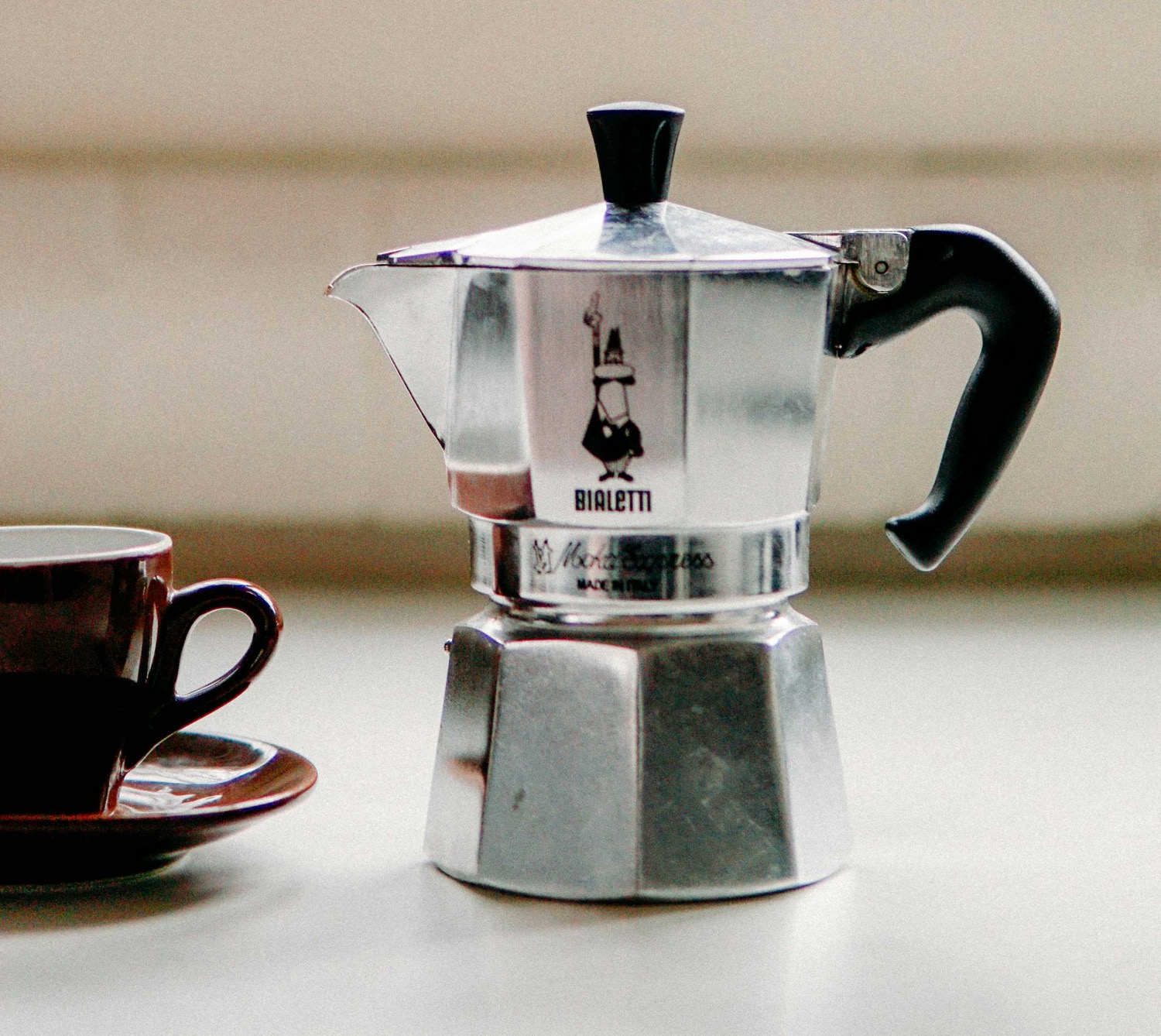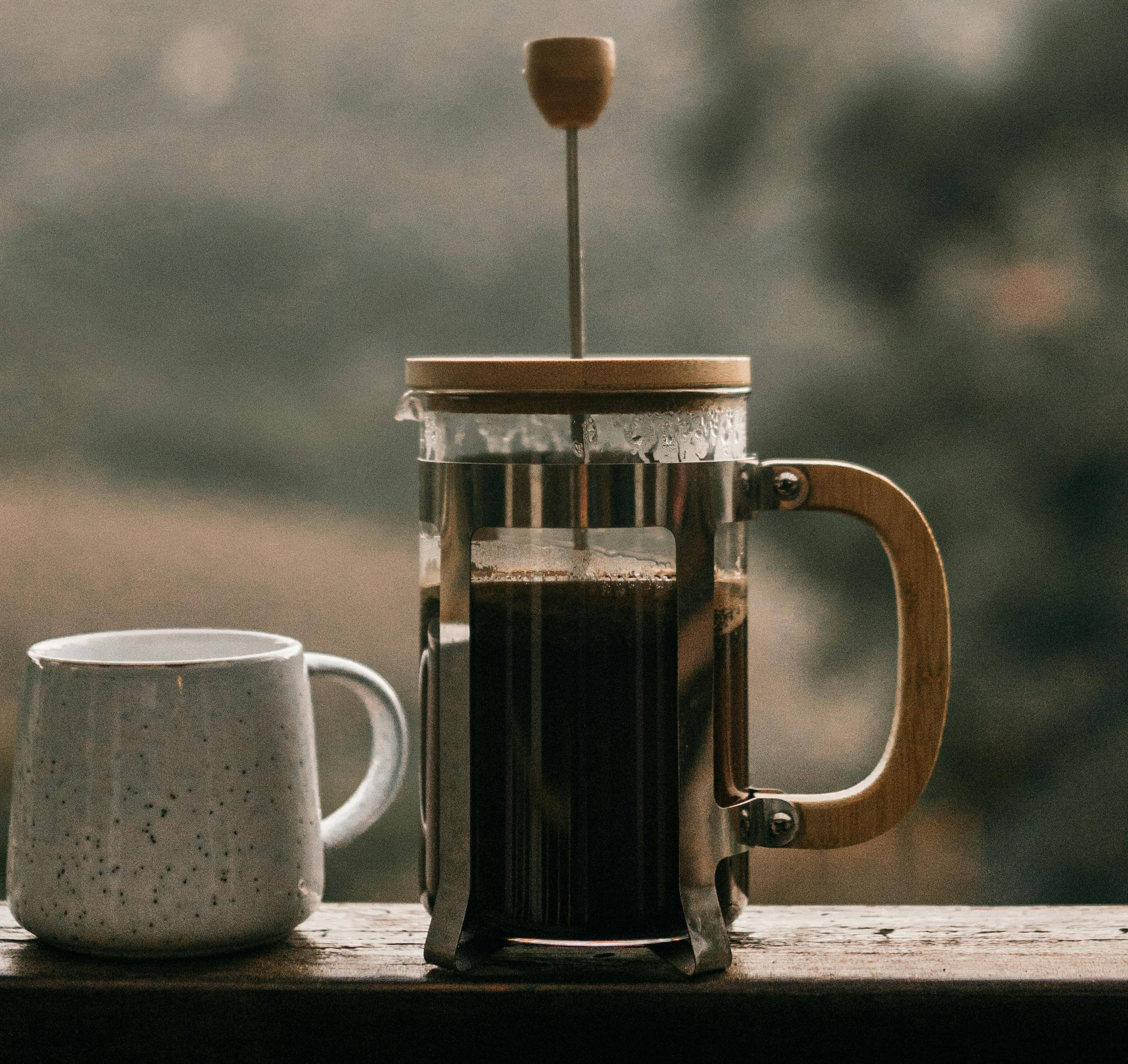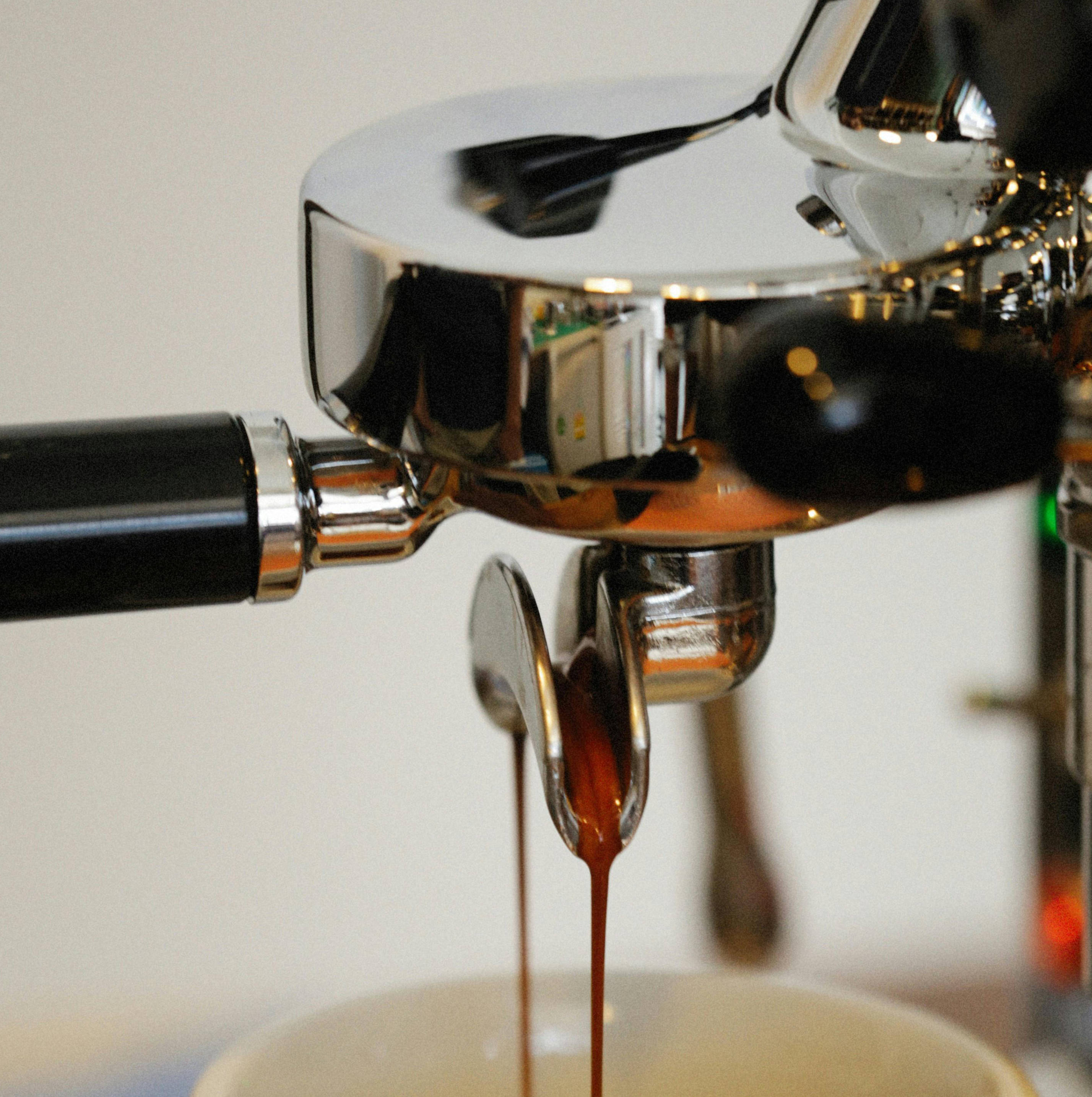Brewing Your Coffee
Since you’re taking the time to invest in quality specialty beans, we wanted to provide addtional information to help you brew the best cup pissoble based on the type of brewing method that you are using.

Pour Over / Drip / Chemex
One of the oldest, simplest, and cheapest ways to brew coffee is the drip method using a coffee cone and paper filter. Hot water is poured evenly over coffee grounds in a paper filter. The beauty of this method is seeing and smelling the fresh grounds as they ‘bloom’, and you begin to enjoy the aroma of fresh brew,
Blooming is the bubbling up of carbon dioxide from the ground coffee as the hot water is added. Simply pour a little water on fresh coffee grounds, and give them 30 to 40 seconds to bubble up. Once the bloom is over, continue with pouring in the remaining amount of water.
Letting your grounds bloom does 2 things. (1) since carbon dioxide has a sour taste if grounds are not allowed to bloom before brewing, the gas will infuse a sour taste into the coffee. (2) carbon dioxide repels water, which interferes with the brewing process. Water can freely extract the aromatics and oils in coffee only after carbon dioxide has escaped.
RECOMMENDATION: Clever Dripper
This particular model is designed with a steep-and-release mechanism that allows you to steep the fresh grounds (for the recommended 4 minutes) before placing it on your cup. natoque penatibus et magnis dis parturient montes, nascetur ridiculus mus. Donec quam felis, ultricies nec, pellentesque eu, pretium quis, sem. Nulla consequat massa quis enim.

Stovetop Moka Pot
Originally patented in 1933 by Alfonso Bialetti, the Moka pot uses steam pressure from boiled water in the lower section to pass through coffee grounds in the mid chamber of the pot. Brewed coffee then sits in the higher chamber. The Moka Pot will brew espresso-style coffee that will be strong and can be a bit bitter.
The bottom chamber is filled with water up to the bottom of the pressure relief valve. Take care to NOT cover that valve with water. Your fine to medium grounds are placed in the basket. Fill the basket and gently level it off, but do not tamp down the coffee grounds.
Screw the top of the Moka Pot on tightly, and place it on the stove burner set on medium heat. If you are using a gas stove ensure that the flame does not go up the side of the pot to avoid handle damage. The heated water will begin to flow up the full into the upper chamber. Once you hear hissing and gurgling turn off the burrner and allow the coffee to finish flowing into the upper chamber. It’s then ready to pour.

French Press
French Press coffee is dense and heavy. The trick to achieving the best results are to decant it immediately after brewing so it doesn’t become bitter or chalky. The press needs to have coarse evenly ground coffee. We recommend starting with a 1:12 coffee-to-water ratio. If you're using 350 grams of water, you’ll want 30 grams of coffee.
Start by gently pouring twice the amount of water than you have coffee onto your grounds.Give the grounds a gentle stir. Allow the coffee to bloom for 30 seconds. Pour in the remaining water, and just let it sit for 4 minutes. During that time you can also attach the plunger/lid. Once you have let it steep for 4 minutes then you can gently press down the plunger.
If it’s hard to press, that means your grind is too fine; if the plunger “thunks” immediately down to the bottom, it means your grind is too coarse. When you’ve finished pressing, serve the coffee immediately. Don’t let it sit because it will continue brewing and over-extract.

Espresso*
With the advent of espresso machines, the cup of espresso, whether as a stand alone drink or used in a latte or Americano has become quite popular. Although each machine vendor has its own recommended process and measures, here are just a few things to keep in mind regardless of the machine type you have.
First and foremost with the process will be the grind of your beans. The grind for espresso is much finer than any brewing method, almost like powdered sugar. This very fine grind is needed for proper extraction during the very short brewing (pull) time. If your espresso machine has a built in grinder, ensure that you have dialed in the setting to the most fine, and work backwords from there depending on your results.
In regards to the grinder itself, the use of a burr grinder is the best choice. These grinders will achieve the most uniform grounds, versus the use of the flat blade grinders, which simply breaks the beans into various sizes. Those broken beans will not yield a robust nor consistent flavored cup of coffee
* Any roast we offer here at TSR can be ground for use in an espresso machine.